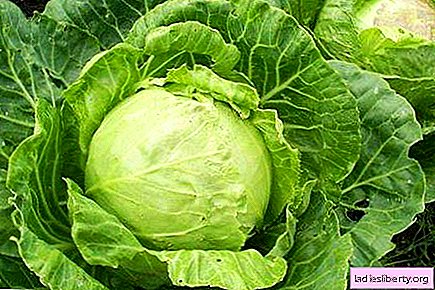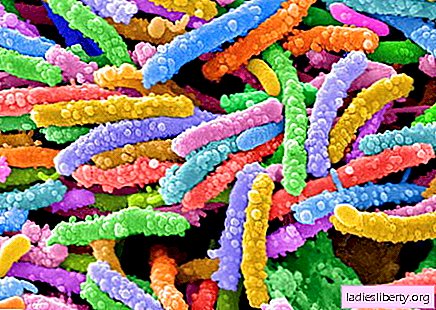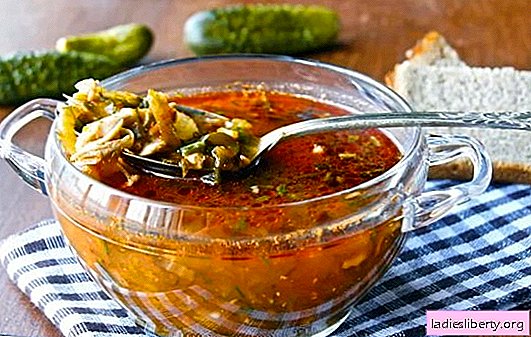
A new study by research engineers from the Rensselaer Polytechnic Institute (USA) for the first time looked at a fracture at the level of bone nanostructure and discovered the important role in the health of our bones of the poorly studied osteocalcin protein. Thanks to the results, new therapeutic strategies can be developed to combat osteoporosis and reduce the risk of bone fractures.
Recently, scientists have associated disorders in the production of osteocalcin with type 2 diabetes mellitus and with reproductive health problems. A new study first explained the role of osteocalcin in bone formation.
The researchers described in detail how a bone fracture is preceded by the appearance of incredibly tiny holes in its structure, the diameter of which is only about 500 atoms. As soon as a person slips, trips or falls, the force acting on the bone physically deforms the interconnected proteins, osteopontin and osteocalcin, and leads to the formation of nanoscale holes.
These holes act as a natural mechanism that protects the bone from further damage. But if the force of the impact is too large, or if the bone structure lacks osteopontin or osteocalcin, or both proteins, the bone will crack or break.
Currently, treatment of osteoporosis involves the use of calcium. The authors of the new study also play an important role in vitamin K. To penetrate the bones, osteocalcin must be in carboxylated form, which is facilitated by vitamin K.
The best source of vitamin K is leafy green vegetables, such as spinach, broccoli, lettuce, zucchini, and white cabbage.











